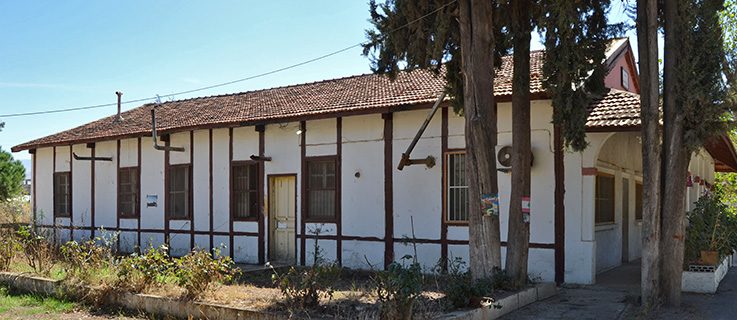Traces of Germany in Lebanon
Rayak Air Base – It Began With a Sand Runway

The Lebanese Air Force proudly presents Rayak Air Base in the Beqaa Valley as the birthplace of the Lebanese Air Force in 1949. It is widely known that the air base was under French control during the French Mandate between 1920 and 1943.
What is less known, however, is that the first establishment of a runway – a simple track of sand – can be traced back to a Bavarian air regiment that was stationed for about a year in the strategically well-positioned town of Rayak for Operation ‘Pascha II’ during World War I.
The regiment was founded in 1912 in Oberschleißheim by Munich and was quickly expanded. It soon had several branch institutions in Bavaria and Rhenish Palatinate, which was under Bavarian rule at the time. When World War I erupted two years later, the Bavarian pilots were first sent on reconnaissance missions in Tyrol, then soon after in France, Ukraine, and the Baltic Rim. In the course of the fall of Baghdad in 1917, the Bavarians were also deployed in Palestine, where they were first flew missions in Beersheba or near Gaza, then later in the area surrounding Nazareth, and finally in Aleppo and Rayak during the German retreat. Historical footage of a destroyed two-seater from October 1918 can be seen on the homepage of the Australian War Memorial.
Are there still any remaining traces of the German presence in Rayak? There seems to be no written record regarding this question. So some assumptions will have to be made based on visual evidence. According to the Lebanese Air Force, two of the buildings panelled with corrugated steel, which were probably once used as hangars, were built during World War I. A comparison with historical footage backs up this assumption.
Another one-storey building located near the runway with a kind of timber framework construction also apparently dates back to the time when the Germans were stationed in Rayak. Along with a number of buildings in a similar style that are no longer standing, it served as a weatherproof replacement for the tents that were initially used. This style of building bears similarities to residential and office buildings in German colonies, e.g. in East Africa.
In World War II, German aeroplanes once again landed on Rayak’s runway. As the air base was under the control of the Vichy regime, which was on friendly terms with the Nazis, German pilots on their way to Baghdad were given permission to land in the Beqaa Valley.
Even today, a lot of the technical equipment at the air base that is or was used for repairing aeroplane parts or reproducing photos and film was made in Germany.
References:
Potempa, Harald: Die Königlich-Bayerische Fliegertruppe 1914–1918, Frankfurt am Main 1997